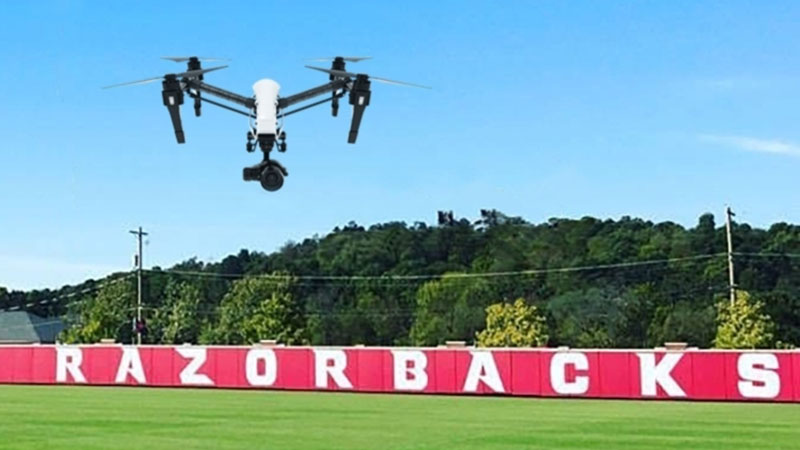
Two resources that are in scarce supply on many golf courses are people and water. Researchers at the University of Arkansas are using drones to one day help superintendents better manage both.
Unmanned aircraft are being used at Arkansas to monitor turf conditions and help superintendents determine when and where to irrigate without sending people, many of whom might not even be on the payroll anyway, to scout every inch of the golf course to get the same information.
"There is a lot of great turfgrass research being done, but if we don't get water and labor right, I'm not sure how much we will get to appreciate all of that other great work," Daniel O'Brien, a Ph.D. horticulture student said on the University of Arkansas Extension website. "When it comes to water and labor issues, particularly on golf courses, drones have tremendous potential to help with both."
Scientists at the Arkansas Agricultural Experiment Station have been using drones to collect data on drought and wetting agent studies and hydrophobicity for the past five-plus years.
The same thermal and multispectral images that researchers use in drought studies and wetting agent trials in Fayetteville are now being used to scout large areas so superintendents will be able to determine where to irrigate and when and ultimately save water while also maximizing labor resources.
Drones provide a way to scout large areas in a fraction of the time it would take to accomplish the same job in person, which allows the superintendent, assistant or members of the crew to work on other tasks, thus helping to maximize labor efficiency.
"I can use a drone and see where the grass is hot, or dry, or weak, and can apply a wetting agent there, but I could also see where things are just fine and we don't need to run any irrigation," O'Brien said. "This can be a big water-saving mechanism with the information that we're getting from the sky.
"Essentially, what we're asking is, 'what does a problem look like before it's a problem?'"

